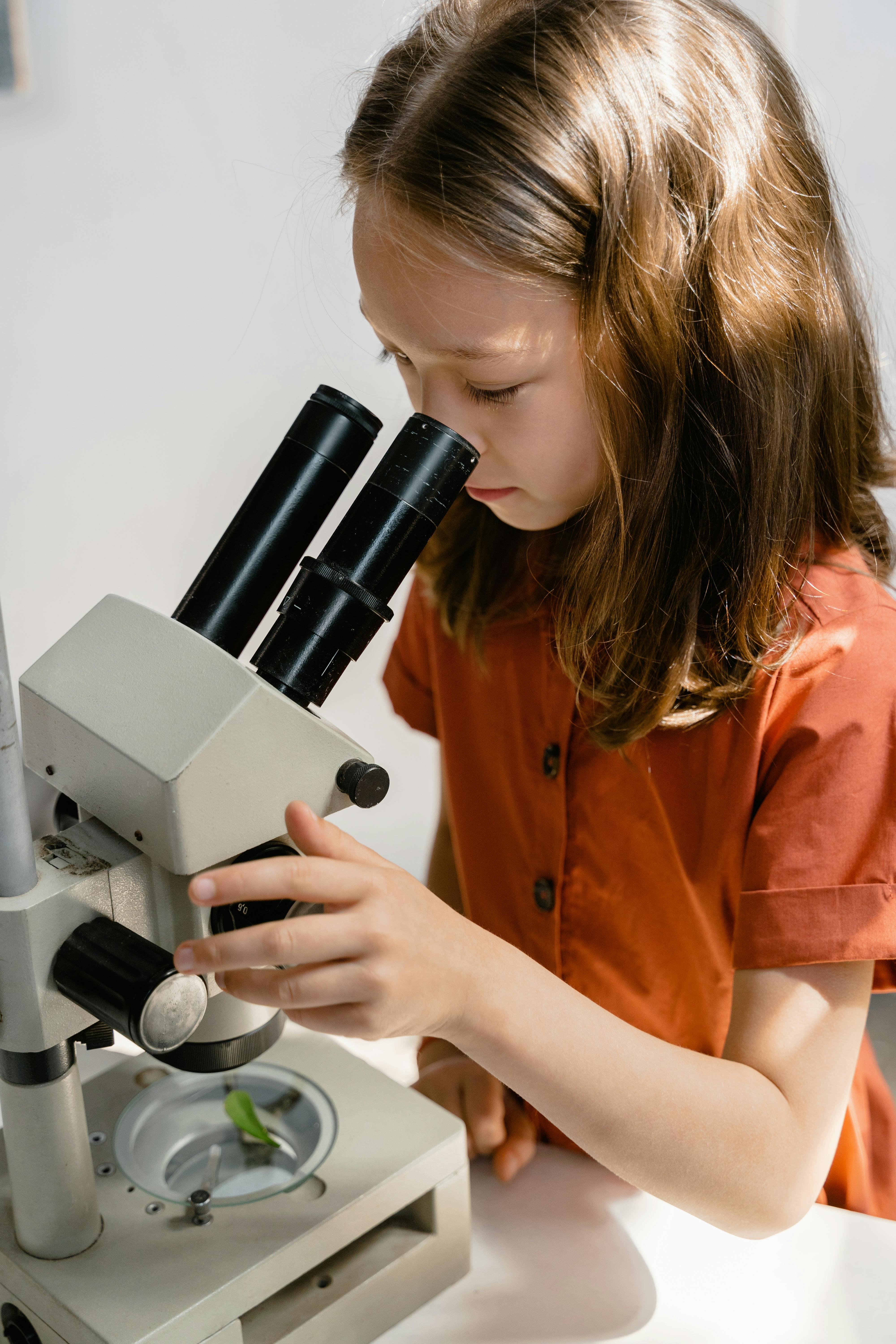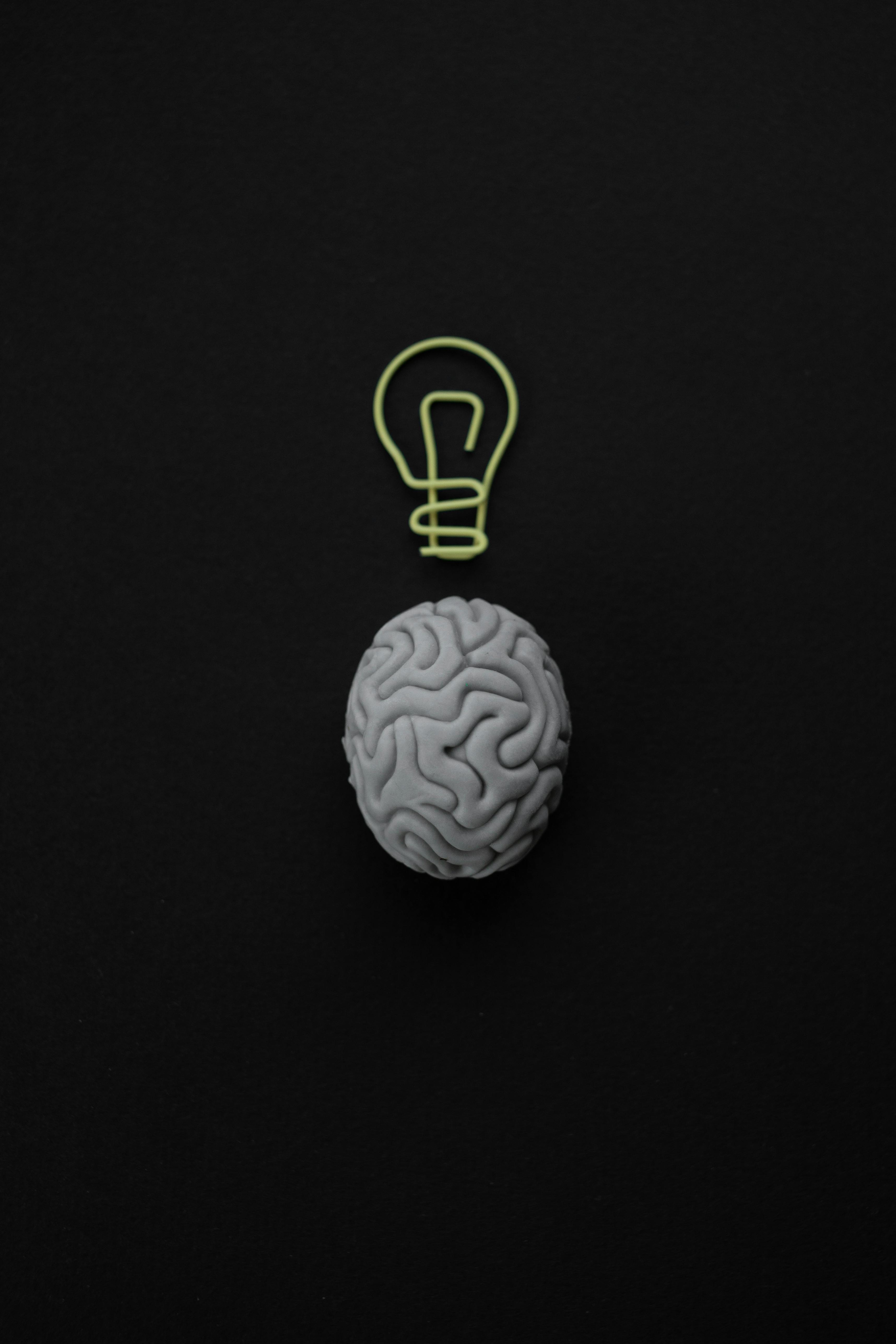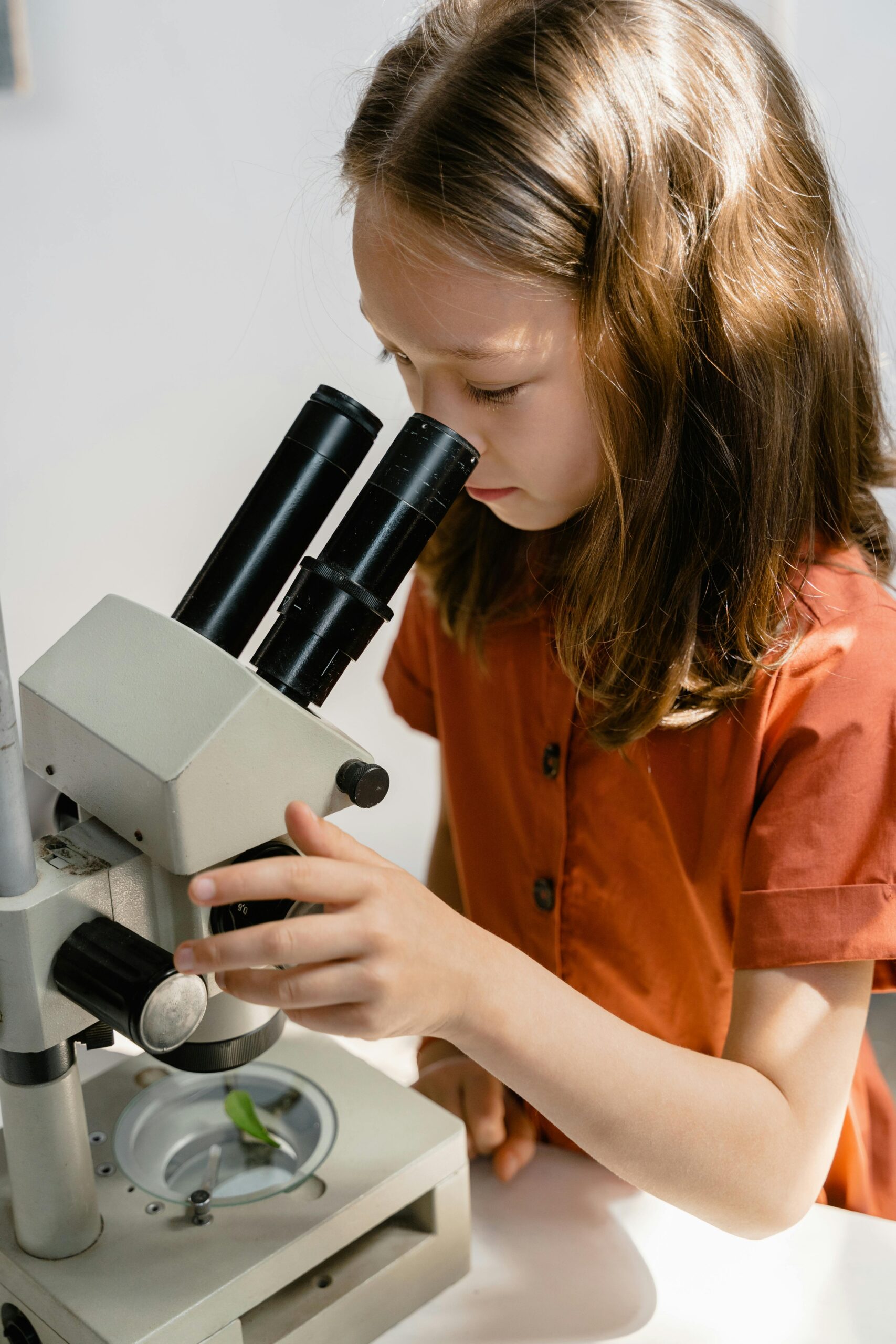Mastering the Logic of Science and the Scientific Method Worksheet
In today’s fast-paced information age, understanding the logic of science and the scientific method worksheet is more crucial than ever. This foundational concept not only sharpens critical thinking but also empowers individuals to evaluate information with clarity and precision. In this guide, we will explore the key principles behind scientific logic, practical applications, and how to harness worksheets effectively for educational or professional purposes.

Understanding the Fundamentals
The logic of science involves a structured approach to investigating natural phenomena using evidence, experimentation, and reasoning. At its core, the scientific method worksheet is a tool designed to guide learners through this logical progression. This method traces back to philosophers like Aristotle and Galileo, who laid the groundwork for empirical science.
Mastering these fundamentals allows individuals to separate facts from opinions, make informed decisions, and foster curiosity. Much like solving a puzzle, applying scientific logic brings order to complexity.
1.1 Observation and Hypothesis
Observation is the first step in scientific inquiry, involving careful examination of the world. A hypothesis then follows—an educated guess to explain an observation. For example, observing that plants near windows grow faster may lead to the hypothesis that sunlight accelerates growth.
Real-world applications include forming health hypotheses in medical studies or consumer behavior assumptions in marketing. One common misconception is that hypotheses are random guesses; in reality, they are grounded in prior knowledge.
1.2 Experimentation and Data Collection
Experiments are designed to test hypotheses under controlled conditions. Unlike casual observations, experiments eliminate variables that may skew results. This makes them a unique component of the scientific method.
For instance, clinical trials in pharmaceuticals use strict experimental designs to evaluate drug efficacy. Collecting and analyzing data from such trials is essential for drawing valid conclusions.
Practical Implementation Guide
Now that we understand the basics, it’s time to apply them. The logic of science and the scientific method worksheet becomes particularly powerful when used methodically. Following structured steps ensures consistency and accuracy.

2.1 Actionable Steps
- Define the Problem: Start with a clear research question or problem statement based on observations.
- Gather Background Information: Use credible sources to understand existing knowledge.
- Form a Hypothesis: Predict an outcome based on logic and evidence.
- Conduct an Experiment: Use the scientific method worksheet to design, conduct, and document tests.
- Analyze Results: Use graphs, charts, or software to identify trends in the data.
- Draw Conclusions: Confirm or refute the hypothesis and suggest next steps.
2.2 Overcoming Challenges
Even with a structured worksheet, common challenges may arise:
- Lack of clarity in problem definition: Use mind maps to narrow the scope.
- Data inconsistency: Double-check measurement tools and procedures.
- Bias in experimentation: Maintain objectivity through blind testing.
- Misinterpretation of results: Collaborate with peers to cross-check findings.
Experts suggest maintaining detailed logs and replicating experiments when possible to troubleshoot issues effectively.
Advanced Applications
Once you’ve mastered the basic workflow, the logic of science can be expanded into advanced fields such as artificial intelligence, epidemiology, and environmental modeling. Scientific method worksheets can evolve to accommodate more complex analyses and variables.

3.1 Computational Modeling
In computational science, models simulate complex systems like climate change or viral spread. These models use algorithms that follow scientific logic. Case studies show predictive models helped manage COVID-19 policy decisions with high accuracy.
3.2 Cross-Disciplinary Integration
Advanced applications involve blending science with other fields like economics or sociology. Integrating the scientific method in these domains helps create well-rounded policies. Compatibility with data visualization software and AI tools enhances outcomes.
Future Outlook
As digital learning tools and AI continue to evolve, so too will scientific worksheets. Interactive platforms will allow real-time data entry and analysis. Trends show a rise in remote science education, integrating virtual experiments.
In the next 3–5 years, expect innovations in augmented reality for labs, AI-generated hypotheses, and blockchain-secured data logs. Staying informed and adaptable is key for educators and learners alike.
Conclusion
To summarize, the logic of science and the scientific method worksheet:
- Empowers evidence-based reasoning
- Guides structured investigation
- Supports real-world problem solving
By mastering these tools, readers can enhance their critical thinking and confidently engage with scientific questions. Start applying these insights today for smarter decisions and deeper understanding.
Frequently Asked Questions
- Q: What is the scientific method in simple terms? It’s a process used to ask questions, test ideas through experiments, and draw conclusions from evidence.
- Q: How do I begin using a scientific method worksheet? Start by identifying a problem or question, then follow each step outlined in the worksheet.
- Q: How long does a typical scientific experiment take? Time varies based on complexity, but simple experiments may take hours while complex ones could span weeks or months.
- Q: Are scientific method worksheets expensive? Most are free or very affordable. Many quality worksheets are available online or in educational textbooks.
- Q: How does this compare to other learning methods? It emphasizes hands-on learning and critical thinking over rote memorization, making it more effective in developing problem-solving skills.
- Q: Is the scientific method hard to learn? No, it’s structured and repeatable. With guided worksheets, anyone can learn and apply it effectively.
- Q: Can I use this in business or marketing? Absolutely. Scientific logic helps test campaigns, analyze consumer behavior, and optimize strategies based on data.
